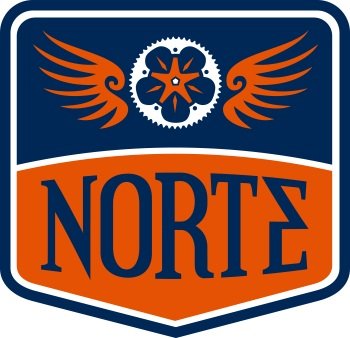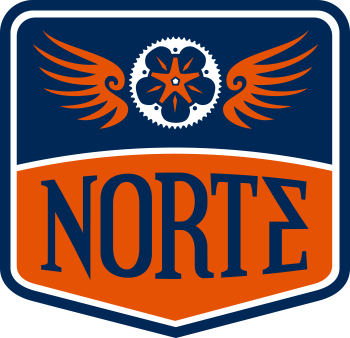Bike Helmet Fit for Kids: A Guide
Dialing in your child’s bike helmet fit reduces the risk of injury. There are hundreds of youth bike helmets out there, but behind all the bright colors and safety claims, proper helmet fit is the most important factor determining whether they do their job or not. We’ll outline a few important things to know about how a bike helmet should fit, what those safety ratings really mean, and when to replace a bike helmet.
How Should a Bike Helmet Fit a Child?
Bike helmets should fit children and adults the same way. Finding the right size helmet for kids isn’t always easy; sizes vary based on the manufacturer and model, so focus more on how the helmet fits your child rather than what it says on the box. Try on several helmets to find one that meets all of these criteria:
The helmet fits level. The helmet should fit level across the forehead, sitting one or two finger widths above your child’s eyebrows.
The straps are below the ears. Adjust the straps of the helmet to make a “V” below your child’s ear.
The chin strap buckle is below the chin. Adjust the length of the chinstraps to align the buckle directly below your child’s chin.
Tighten the chinstrap. With the buckle centered, adjust the strap so that only two finger widths are between the buckle and the skin.
The helmet doesn’t wiggle. The right helmet will stay comfortably snug even if the child shakes their head. If the helmet moves forward and backward, make minor adjustments to the chinstrap.
Other Adjustments
Some helmets have an additional adjustment located on the back of the helmet. This additional adjustment allows wearers to tighten or loosen the helmet’s internal system to improve fit. You may also be able to make small changes with helmet padding – only use helmet padding provided by the manufacturer, and don’t rely on additional padding to “make a helmet work”.
How Long Do Bike Helmets Last?
Helmets don’t last forever. Most manufacturers recommend replacing your helmet every 3-5 years, whether you ride frequently or not. That’s because helmet materials, including the foam, nylon straps, and other compounds, may be more prone to cracking as they age. Other factors, such as exposure to extreme heat (like being left in your car during the summer) or UV exposure, can also shorten helmet lifespan.
A few signs to replace a bike helmet include:
· Discoloration or fading from sun exposure
· Cracks or dents
· Worn, frayed, or ripped straps
· Loose internal padding
Always replace your helmet after a crash. Not all damage is visible to the naked eye, which is why manufacturers and safety experts strongly recommend replacing your helmet after a fall or heavy impact.
What Bicycle Helmet Safety Ratings Mean
All bike helmets in the US must meet the minimum requirements established by the Consumer Product Safety Commission (CPSC). It’s important to note that CPSC approval is pass-fail, which simply means the helmet meets the established criteria for sale.
In recent years, Virginia Tech has worked with the National Institute for Highway Safety (NIHS) to provide additional safety analysis. In 2023, VT tested over 200 helmets across 24 impact tests in a laboratory environment. The result is a useful 1-5 star safety rating to provide consumers (and especially parents) with more information on finding the right helmet.
Yes, We All Need to Wear Helmets
Study after study shows that wearing a helmet reduces the risk of head injury, concussion, facial contusion, cranial fracture, and traumatic brain injury. While exact results vary, the National Institute of Health found helmets greatly reduce the incidence and severity of crashes, including:
· 60% reduction in severe head injury
· 53% reduction in traumatic brain injury
· 34% reduction in fatality
· 23% reduction in facial injury
Put simply, wearing your helmet reduces the risk of severe injury, and when it comes to our kids, even 1% safer makes wearing a helmet worth it.
Kids Helmets in Northern Michigan
Norte Youth Cycling works with local foundations and businesses to provide free bike helmets for kids at specific events each year. To learn more, sign up for our newsletter or contact us for the next event.
Wear Your Helmet – Every Time
Even a perfect-fitting helmet is useless if it’s left at home. Set an example by wearing a helmet every time you ride and getting your child to wear theirs, too. Make wearing a helmet mandatory, whether you’re doing a lap of the neighborhood or riding for hours in Leelanau County. It’s how we can keep our cycling community healthy and safe!


